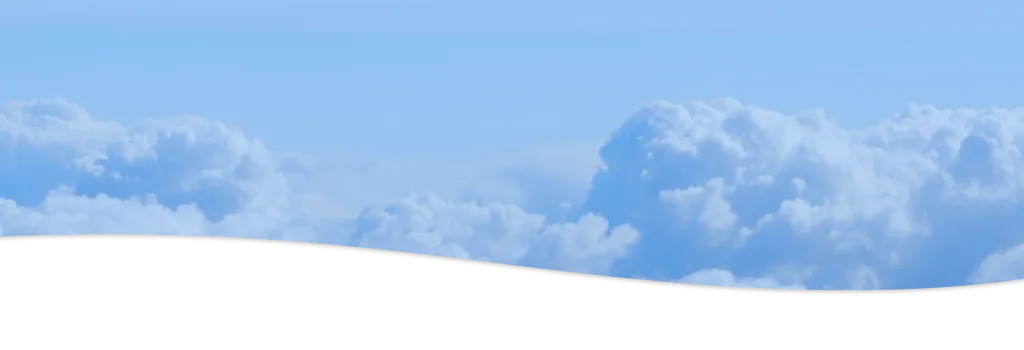
Training
Pilot
How pilot training looks like
Before starting pilot training it is important to know how pilot training courses are structured and which course layout fits one's individual needs the best.
Integrated vs. Modular Pilot Course
Pilot training can be divided into two pathways: Integrated and modular. Both have their challenges and advantages and which type to choose highly depends on the trainee's personal goals and expectations. Let's explore their differences.
Integrated Course
The integrated training program can be viewed as a full-time training course. Students progress from zero experience to a commercial pilot license (CPL) within approximately 18-24 months. It comprises theoretical training, practical flight training and the achievement of required certifications in a single program and is, therefore, the fastest way to become a pilot. Because the training programme comes with fixed schedules and milestones, it is intensive and demanding, requiring self-discipline and motivation.
It is recommended for those who want to become a pilot as quickly as possible and have time for a full-time course.
Modular Course
Modular pilot training allows students to complete training sections at their own pace making it ideal for those with other commitments. For example, a flight student working full-time can schedule training flights on weekends or during holidays.
Financially, this approach is also easier to manage as the costs can be spread over a longer period and sections can also be completed at different flight schools.
It is recommended for those who need to balance training with other commitments and require financial flexibility.
Ground School
During ground school, the basics of flying are taught and thus the first theoretical knowledge is learnt. After this theory phase, exams with the aviation authority are to be taken and the practical training for the first licence, the Private Pilot Licence (PPL), begins.
Once the private pilot licence has been acquired, the next theory phase begins. In this block, the students further deepen the knowledge required for working as a commercial pilot. The syllabus covers:
- air law
- meteorology
- navigation
- performance
- communication
- ... and more
This phase concludes with a final examination at the national aviation authority and the receipt of the so-called ATPL theory credit, which is an important component for obtaining the Airline Transport Pilot Licence(ATPL) and a key requirement for applying to airlines.
Ground school is highly demanding, requiring a high degree of discipline and initiative to pass the final exams with good results.

(Example Course Layout)
Flight Training
The first practical phase focuses on applying theoretical knowledge and building the first flying skills. After just 10 hours of flight time, the first solo flight can take place, a very special moment for every student pilot. At least 45 flying hours are needed to complete the first flight phase and earn the Private Pilot License (PPL). With this license pilots, can operate private, non-commercial flights on small propeller aircraft.
Once reaching this milestone the training progresses to the second theoretical phase as described above and upon passing the ATPL exams, students advance to the final flight training stage.
Student pilots develop further flying skills and acquire the additional flight time needed to obtain a Commercial Pilot License (CPL). In addition, they will obtain so-called ratings which authorise them to fly according to Instrument Flight Rules(IFR), the Instrument Rating(IR) and the Multi-Engine Rating(MEP) which entitles the holder to fly twin-engine propeller aircraft.
The Upset Prevention and Recovery Training(UPRT) must then be completed. It aims to enhance flight safety by teaching students how to safely recover aircraft from abnormal flight situations.
The last step is the Multi-Crew Coordination(MCC) training. In this section, students learn how to work together in a multi-crew cockpit. The focus is particularly on communication, teamwork and decision-making. This final step is intended to prepare students for the skills they will need to work in an airline.